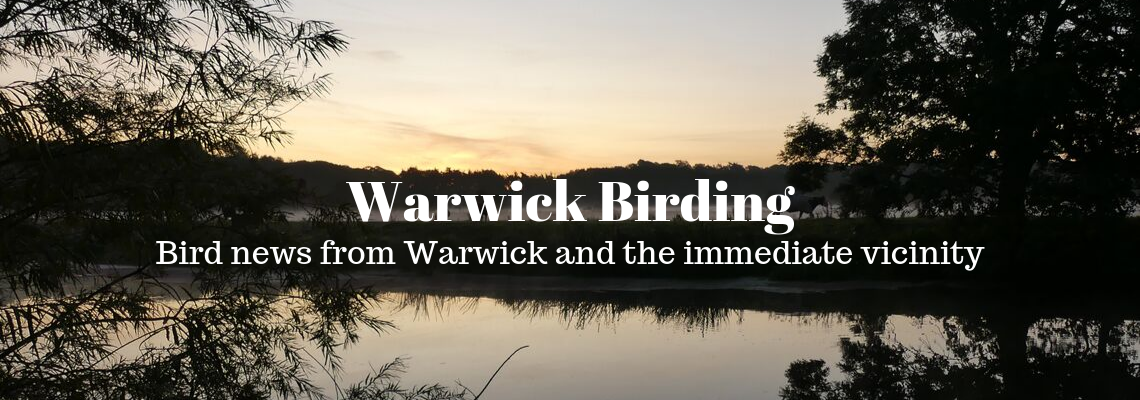I like to think that I'm a pretty positive and upbeat person but, on a recent weekend walk, I couldn't help but feel increasingly upset...
I began my walk at Draycote water; a large reservoir with an impressive historical list of visiting regulars and rarities. It is an important site for numerous breeds of wildfowl and many varieties of gull use the evening roosts. However, as I walked the circumference, I couldn't help noticing the number of boats ready for use and fisherman on the water, with only a seemingly tiny section of the huge expanse of water set aside purely for wildlife. There was such an imbalance between the size of area for human use and that for wildlife to be undisturbed; it didn't make sense to me.
The first few kilometres of walking through fields on the way back to Warwick, I saw nobody. It was wonderfully peaceful, with beautiful countryside all around. Yet, while it was a joy to encounter no people, it was worrying that I encountered next to no wildlife either. A circling red kite and the odd rabbit were a joy to see, but where were the foxes? Where were the deer, the hares and mice? Where were the finch flocks?
 |
| Beautiful but barren |
Sadly, the majority of farmers seem to squeeze every penny from every inch of their land; leaving no room for biodiversity. I walked through field upon field of crops - sown and grown right up to every square's edge - where pesticides, herbicides and fungicides ensure that any non-crop life doesn't stand a chance. Even moles have no hope of pushing their way through the densely packed and nutrient deserted soil. The perfectly trimmed hedges around me were silent, empty.
A single skylark, singing his heart out, swelled my heart...until I remembered that the field he was hovering over would probably be harvested before he got a chance to rear his brood. Then, the next crop will be sown, no time for the soil to restore, for worms to do their natural ploughing and not a leftover seed to provide for the wildlife. It brings me to tears.
 |
| Perfectly clipped, silent hedges |
What a wonderful surprise, then, when I came across a small section of a field left as stubble, and a corner with browning sunflowers, gone to seed. In these areas there was a sudden wealth of life - finches flitting and feeding, a ground level scurrying of tiny feet and flying predators on the hunt. But this was maybe half an acre across countless square kilometres of land. It is that imbalance again. A token piece of land given back to nature, while the rest is kept to ourselves. How is it still ok to abuse our power in this way, when our eyes have been opened to the seriousness of the crisis our world is in?
 |
| A welcome patch of thoughtful farming |
Thankfully, all is not lost. Schemes like the Government's Countryside Stewardship provides funding to encourage farmers and land managers to work their land more sustainably, keeping the environment and biodiversity in mind. The managers of Goodrest Farm in Kenilworth is a great example; growing winter bird feed and lining their fields with a gratifyingly wide wildflower border - wonderful to see.
We need to remember that this land used to belong to the skylarks, the pipits, the foxes and the hares years ago, before we claimed it all for our own. We need to give some of it back.
I have just finished reading the superb book 'The Running Hare: The Secret Life of Farmland', by John Lewis-Stempel. An account of his experiment in traditional farming hand in hand with wildlife on a small piece of land, it proves that previously over-farmed land can recover very quickly. One year is all it took to see the return of nature and to see it flourish. It can be done.
So, while I can't help but feel sad as I walk around the fields, perhaps soon there will be more widespread ecologically responsible farming, allowing the foxes, hares, hedgehogs and finches to return.
Here's hoping...
 |
| beautiful but barren |


